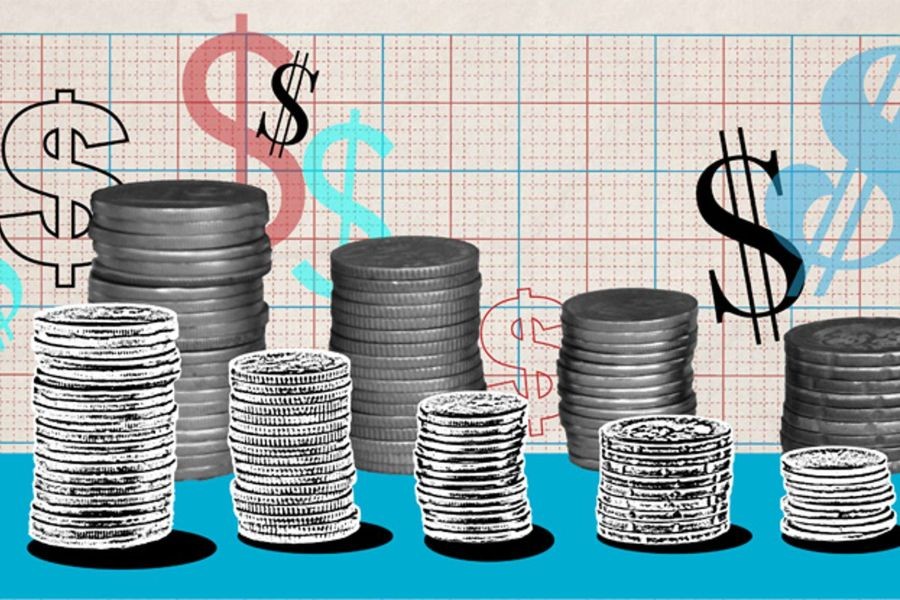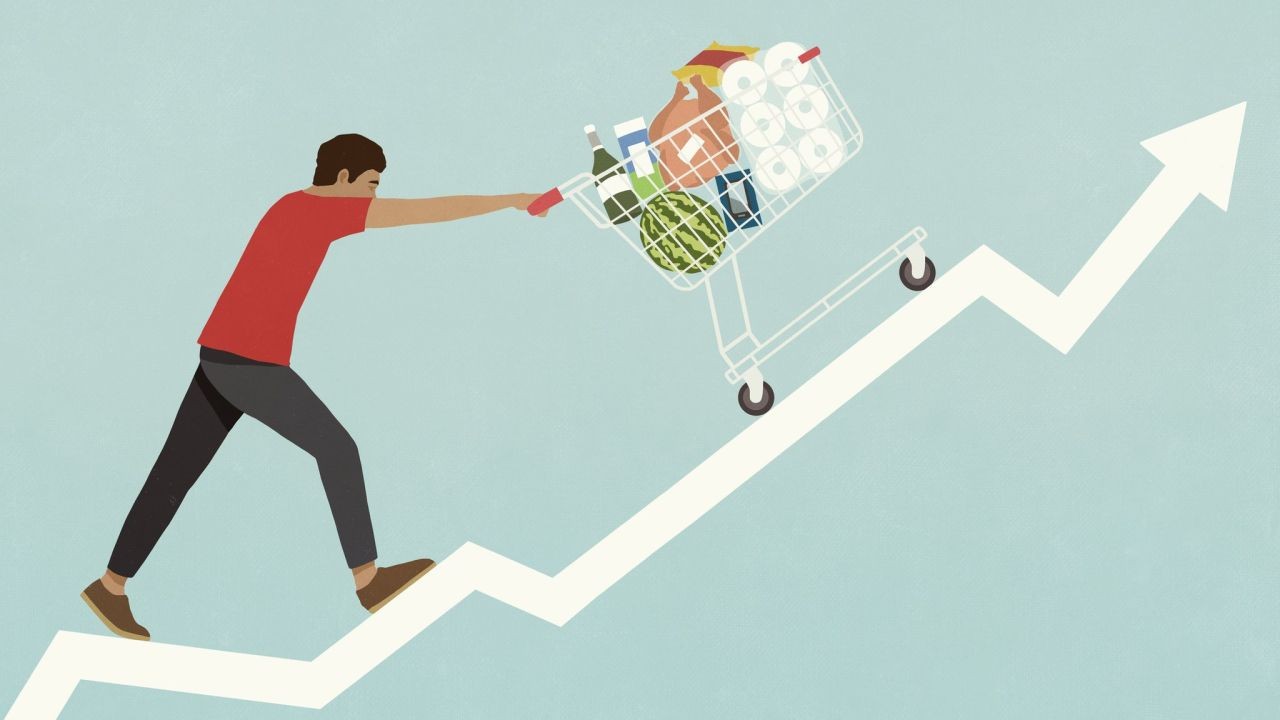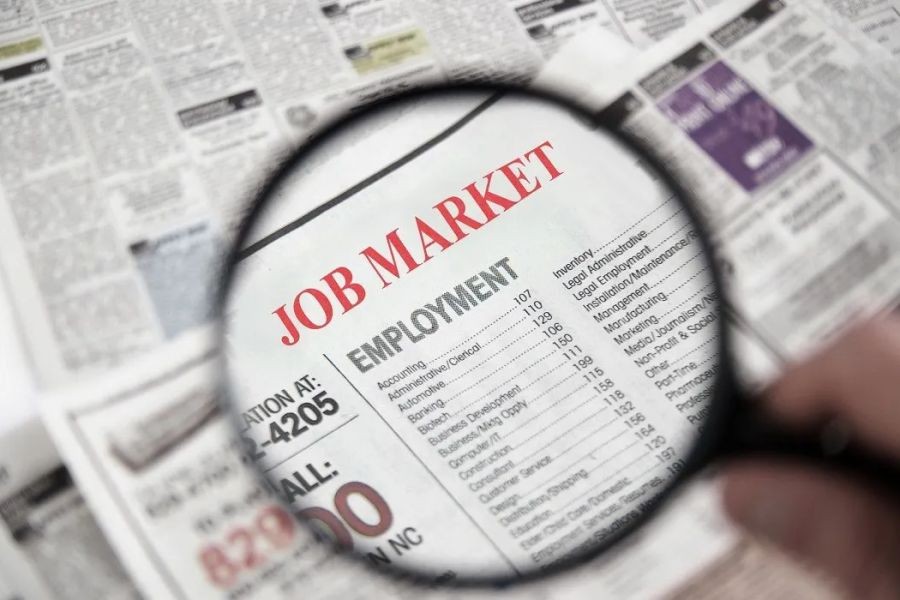Mining and freight are two sectors that might seem distinct at first glance, but in Australia, they are intricately linked, creating a symbiotic relationship that impacts the global economy. The mining sector is a cornerstone of Australia's economy, contributing significantly to its GDP, and the global freight industry acts as a vital channel for exporting Australian minerals worldwide. Understanding this connection is crucial for agribusiness consultants aiming to navigate the complex landscape of Australia's economic ecosystem.
Understanding the Mining Sector's Impact on Freight
Australia is one of the world's largest producers of minerals, including iron ore, coal, and gold. According to the Australian Bureau of Statistics (ABS), the mining industry accounted for 10.4% of the national GDP in 2022, emphasizing its significance. This industry's output directly influences freight demand, as the efficient shipment of these resources is essential for maintaining Australia's export-driven economy.
The global freight industry relies on the steady flow of these resources. The seaborne iron ore trade, for example, is largely dependent on Australian exports. In 2022, Australia exported over 900 million tonnes of iron ore, with China being the primary destination. This demand drives the freight industry, particularly in maritime shipping, illustrating the interconnectedness of these sectors.
The Role of Infrastructure in Supporting Mining Exports
Australia's extensive infrastructure network, including ports and railways, is crucial for transporting minerals from mines to international markets. The development and maintenance of this infrastructure are supported by government policies and private investments. For instance, the Northern Australia Infrastructure Facility (NAIF) has been instrumental in financing projects that enhance transportation efficiency, thereby boosting the mining and freight industries.
Case Study: The Pilbara Region
The Pilbara region in Western Australia is a prime example of how infrastructure supports mining exports. Home to some of the largest iron ore mines, this region has an extensive rail network that connects mines to ports, facilitating seamless export operations. The Pilbara Rail Network, operated by major mining companies like BHP and Rio Tinto, is a testament to the importance of infrastructure in sustaining the mining-freight nexus.
Pros and Cons of the Mining-Freight Relationship
Pros
- Economic Growth: The mining sector significantly contributes to Australia's GDP, fostering economic development and job creation.
- Global Trade: Australia's mineral exports are crucial for international trade, strengthening global economic ties.
- Infrastructure Development: Investment in infrastructure not only supports mining and freight but also benefits other sectors.
Cons
- Environmental Impact: Mining operations can lead to environmental degradation, affecting ecosystems and biodiversity.
- Economic Dependence: Over-reliance on mining can make Australia vulnerable to global market fluctuations.
- Resource Depletion: Continuous extraction of minerals can lead to resource depletion, posing long-term sustainability challenges.
Data-Driven Insights from the Australian Economy
The Reserve Bank of Australia (RBA) highlights that the mining sector's growth has led to increased investments in infrastructure, which in turn supports freight operations. Additionally, the Australian Treasury reports that mining exports accounted for 60% of Australia's total export value in 2022, underscoring the sector's economic significance.
Furthermore, the Australian Competition & Consumer Commission (ACCC) emphasizes the need for regulatory frameworks to ensure fair competition and prevent monopolistic practices in the freight industry, which can arise due to the high demand for shipping services driven by mining exports.
Common Myths and Mistakes in the Mining-Freight Nexus
Myth vs. Reality
Myth: "Australia's economy can thrive without mining exports."
Reality: Mining exports are a critical component of Australia's economy, contributing to a significant portion of GDP and employment.
Myth: "Freight infrastructure investments only benefit the mining sector."
Reality: Infrastructure investments improve logistics for various industries, enhancing overall economic efficiency.
Myth: "Environmental regulations hinder mining and freight operations."
Reality: While regulations can impose challenges, they ensure sustainable practices that protect the environment and long-term industry viability.
Future Trends and Predictions
Looking ahead, the integration of technology in both mining and freight operations is poised to revolutionize these sectors. Autonomous vehicles, AI-driven logistics, and blockchain technology for supply chain transparency are expected to enhance efficiency and sustainability. According to a Deloitte report, by 2028, 40% of mining operations will leverage AI technologies to optimize production and reduce costs.
Moreover, the push towards renewable energy and sustainable practices will shape the future of mining. Companies are increasingly investing in green technologies to minimize their environmental footprint. This shift will also impact the freight industry, as there will be a growing demand for eco-friendly shipping solutions.
Conclusion
Understanding the hidden connection between Australia's mining sector and the global freight industry is crucial for agribusiness consultants looking to navigate the complexities of the Australian economy. By recognizing the economic impact, infrastructure requirements, and future trends, businesses can better align their strategies to leverage this symbiotic relationship.
As Australia continues to play a pivotal role in the global minerals market, staying informed about industry developments and regulatory changes will be essential for maintaining a competitive edge. What's your take on the future of Australia's mining and freight industries? Share your insights below!
Related Search Queries
- Australian mining and global economy
- Freight industry trends in Australia
- Impact of mining on Australian infrastructure
- Future of mining technology in Australia
- Environmental regulations in Australian mining
- Australian mineral exports statistics
- Role of mining in Australia's GDP
- Global demand for Australian minerals
- Sustainable practices in mining and freight
- Technological advancements in the freight sector
People Also Ask
How does Australian mining affect global freight? Australian mining significantly impacts global freight by driving the demand for shipping services, particularly in maritime transport, due to its role as a major mineral exporter.
What are the biggest misconceptions about Australian mining? A common myth is that Australia's economy can thrive without mining exports. However, mining is a critical GDP component and a significant source of employment.
What trends are shaping the future of Australia's freight industry? Technological advancements like AI and blockchain are poised to revolutionize freight logistics, while the push for sustainable practices will drive demand for eco-friendly shipping solutions.
































NganEchols
2 months ago